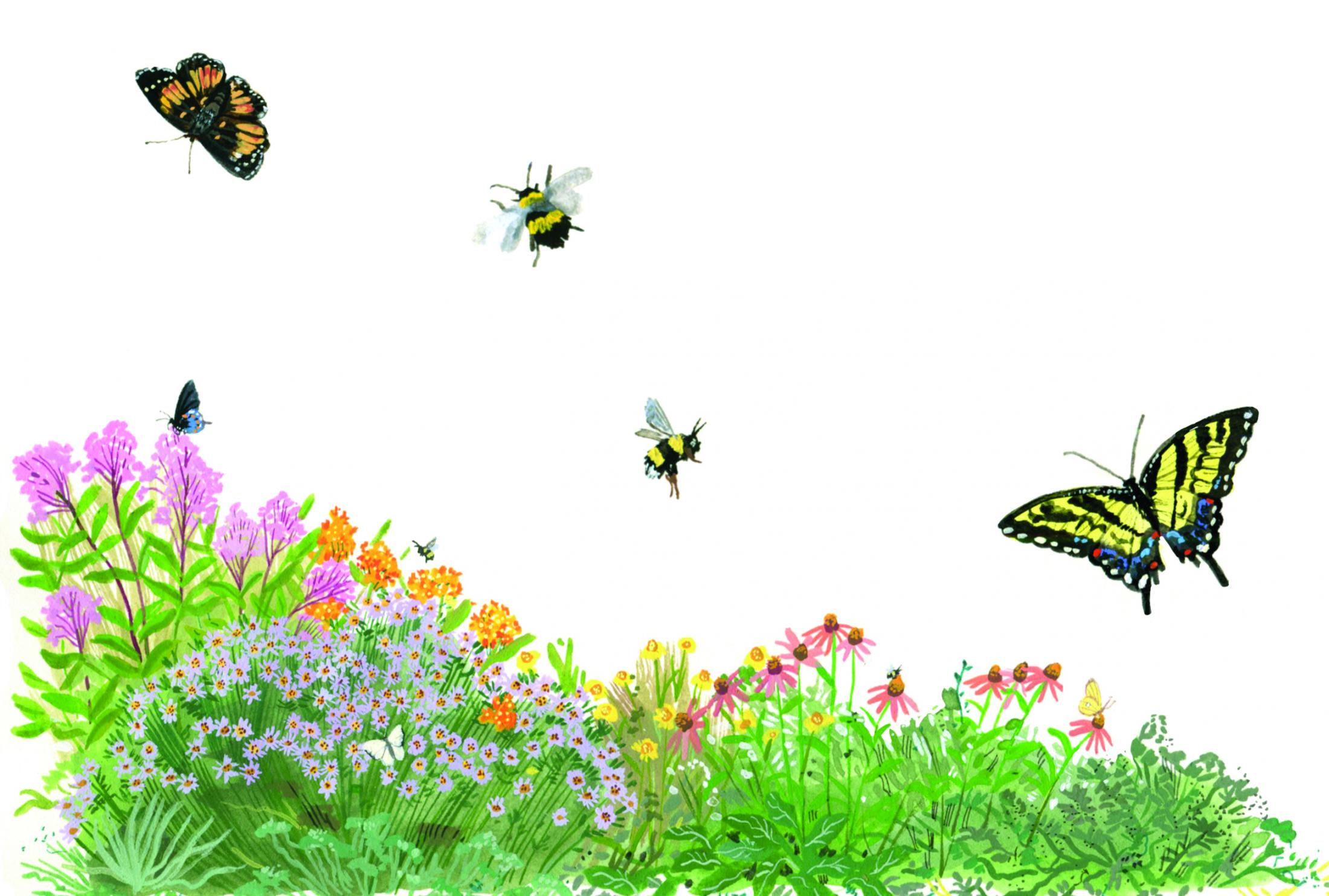Home & Living
Native Plants: A Local’s Guide to Keeping Horticulture Close to Home
Here are a few pointers on growing native plants and generally making your outdoor spaces more planet-friendly

Whether looking to liven up your landscape, spruce up an indoor living space, or simply add a pop of color to your front porch, it’s hard to beat an ornamental bloom. But when it comes to leafy decor, there’s also a lot to be said for native plants: the kinds that help sustain our local critters and are custom-created to flourish in our own backyards.
What makes a plant “native?” To be specific, The University of Maryland Extension defines native plants as those that “occur naturally in their ecoregion and habitat, where over the course of evolutionary time, they have adapted to physical conditions and co-evolved with other species in the system.”
According to the U.S. Department of Agriculture’s planting map for Maryland, these include plants that are able to grow between hardiness zones 5b and 8a—essentially a range that covers all of Maryland’s climate conditions—which means that, in the Chesapeake region alone, we have a healthy list to choose from. Pawpaw trees and Spicebush shrubs are among top picks.
Still, like all states, ours is also home to a slew of invasive plants. “These are non-native trees, shrubs, and flowers that have come here from Europe, Asia, and sometimes Africa,” says Natalie Forte, marketing and new business development manager at Direct Native Plants, a nursery based in Middle River. “They’re so successful here that they’ve really overwhelmed the native plant population.”
“The main problem is that these [non-native] species don’t provide the same value for the wildlife that’s found here,” she says. “So insects might not recognize them as food or pollen sources.” In fact, native species can benefit the entire food web: plants, insects, birds, reptiles, amphibians, and mammals.
If you have a few non-natives sprouting in your yard or garden, no need to fret. But if you can, switch them over to native—it
will pay off. As Forte explains, not only are native plants meant to survive with less maintenance and watering, but they can also serve as near-identical stand-ins for their foreign counterparts.
Want to learn more? “Most states also have their own native plant society,” Forte says. “There’s one in Maryland. And there are lots of Facebook groups that are dedicated to native plants. They’ll help you identify stuff.”
Here are a few pointers on growing native plants and generally making your outdoor spaces more planet-friendly:
SHOP LOCAL, SHOP NATIVE
When you are purchasing something new for your yard or garden, choose natives. Though the local big box stores are getting better at stocking natives, there are many nurseries dedicated to native plants, such as Kollar Nursery, Lauren’s Garden Service, and Herring Run Nursery, to name a few. A comprehensive list can be found at mdflora.org.
START WITH INVASIVES
Don’t worry about removing that non-native peony you inherited from your grandmother’s garden. Look first at removing any highly invasive, non-native worst offenders such as English ivy, lesser celandine, Japanese stiltgrass, Chinese privet, tree-of-heaven, Japanese honeysuckle, and Nandina/heavenly bamboo.
SIMPLE SWAPS
There are many native alternatives for non-native plants common among current landscaping, including: spicebush for crape myrtle, black-eyed susans for shasta daisies, flowering dogwood or fringe tree for Bradford pear, carex for liriope, JoePye weed for butterfly bush, Itea Sweetspire for Nandina, pipevine for English ivy, and coral honeysuckle for Japanese honeysuckle.
GREEN MULCH
Instead of large expanses of brown mulch, consider filling out your garden beds with a native “green” ground cover such as green and gold or golden ragwort. It helps crowd out weeds while contributing to the ecosystem.
REDUCE YOUR LAWN SIZE
An expansive lawn is a lot of space for a plant that doesn’t participate in the ecosystem and takes a lot of resources and chemicals to maintain. If you don’t have the means to enlarge your garden beds to incorporate more natives, at least consider stopping chemically treating your lawn. Even those so-called organic services can be problematic to the pollinators.